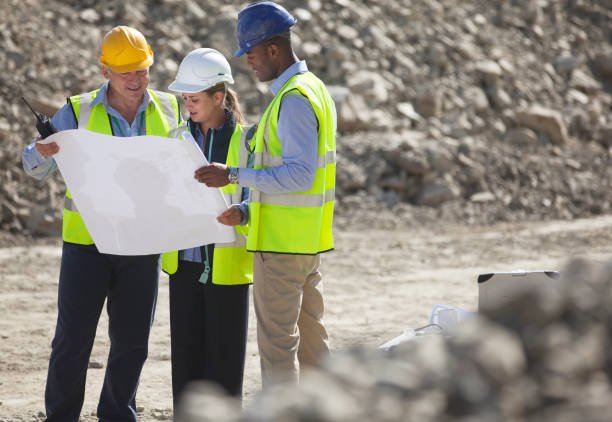When dealing with mine disasters, which are high-stake and high-risk events, it is vital to have an efficient crisis management team (CMT). This team should consist of skilled individuals capable of making quick decisions and taking immediate action to control the situation, protect workers’ lives, and minimize environmental damage. The choice of team members should cover a broad range of expertise and perspectives to handle various aspects of the crisis effectively. Here’s a look at who should be part of this essential team.
Who should be on the crisis management team when it comes to the mine disaster?
- Incident Commander:
The Incident Commander is responsible for making key decisions during the crisis. This individual should have an extensive understanding of mine operations, safety protocols, and crisis management. They are in charge of overseeing the response to the crisis, making strategic decisions, and coordinating the overall team efforts.
- Safety Officer:
A Safety Officer plays a crucial role in ensuring that all response efforts are conducted within safety guidelines. They assess the risks involved in the rescue operations and offer advice to the Incident Commander. Their role is crucial in preventing additional accidents during the crisis response.
- Operations Manager:
The Operations Manager is responsible for planning and executing the operational response to the crisis. They work closely with the Incident Commander and the Safety Officer to organize the resources necessary for the rescue efforts and ensure that these efforts align with the overall strategy.
- Public Relations Officer:
A Public Relations Officer manages all external communications. They provide timely and accurate updates to the public, the media, and relevant authorities. They are also responsible for managing the company’s reputation during the crisis, addressing misinformation, and providing a point of contact for external inquiries.
- Human Resources Manager:
The Human Resources Manager handles the welfare of the mine’s employees and their families. They provide support, communicate with families, arrange counselling services, and liaise with the Public Relations Officer to maintain transparent communication.
- Legal Advisor:
A Legal Advisor is necessary to ensure that all actions taken comply with laws and regulations. They can also anticipate and advise on potential legal implications that may arise during the crisis.
- Environmental Expert:
Given the potential environmental impact of mining disasters, an Environmental Expert is needed to monitor and manage the environmental fallout, including water and soil contamination, and propose necessary remediation efforts.
- Medical Expert:
A Medical Expert should be on standby to provide immediate medical attention to any rescued miners and to advise on potential health risks associated with the disaster.
Conclusion
When it comes to managing a mining disaster, having a comprehensive, multidisciplinary crisis management team is vital. This team should be able to respond swiftly and efficiently to control the situation, minimize damage, ensure the safety of the workers, and maintain transparent and accurate communication with the public. This proactive approach to crisis management not only aids in immediate response but also aids in recovery and future disaster prevention efforts.

